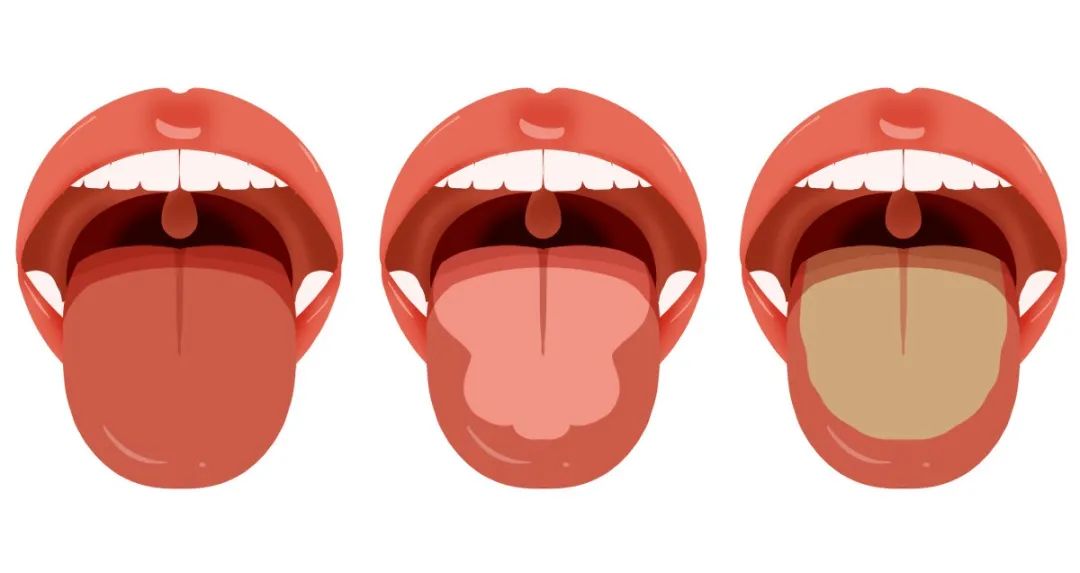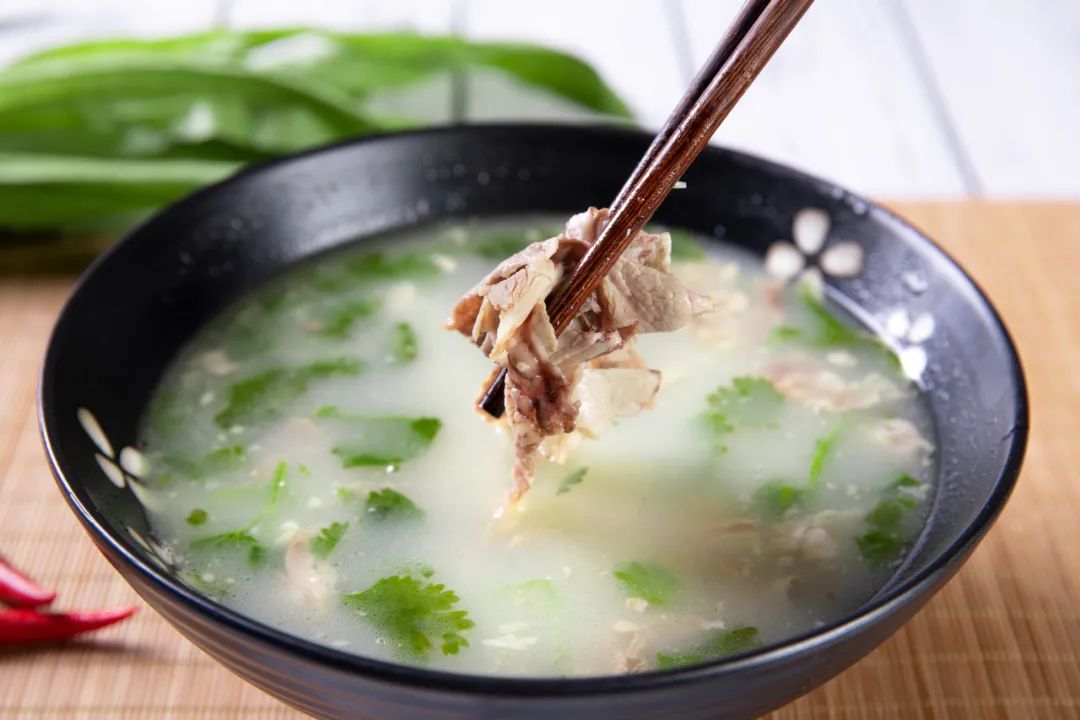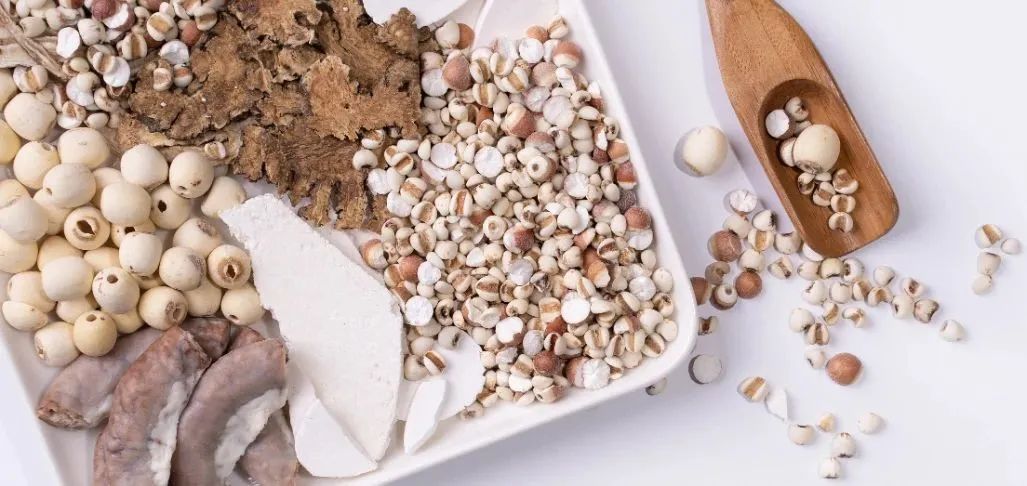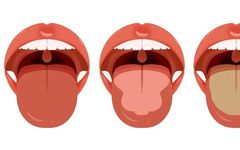When visiting a doctor, you are often asked to “stick out your tongue for a look” because the tongue can reveal issues with the internal organs earlier than you might realize.
In Traditional Chinese Medicine (TCM), the tongue is divided into four parts: the tip, the middle, the root, and the sides, corresponding to the heart and lungs, spleen and stomach, kidneys, and liver and gallbladder, respectively. These areas reflect the health status of the associated organs.
Therefore, the color, shape, and texture of the tongue coating can reflect bodily issues to a certain extent. How can we discern health from illness?
 1. Observe the Color of the Tongue
1. Observe the Color of the Tongue
A healthy tongue is light red, appearing rosy and clean. A rosy color indicates sufficient qi and blood, while cleanliness suggests no invasion of pathogenic factors.
01Dark Red A tongue with a deep red coating, between red and purple, is called a “jiang tongue” (绛舌), indicating excessive internal heat. It is important to distinguish whether this is real heat or false heat, as the symptoms and treatments differ.
-
If it is real heat, symptoms may include fever, thirst, and irritability. The treatment should focus on clearing heat and detoxifying, and one can drink chrysanthemum tea.
-
If it is false heat, symptoms may include five hearts heat (五心烦热), night sweats, etc. The treatment should focus on nourishing yin and reducing fire, and one can drink Huang Bai (Phellodendron) tea.
02Pale WhiteA pale tongue indicates deficiency, particularly qi and blood deficiency, commonly seen in women during menstruation and in individuals with chronic wasting diseases.
For these individuals, it is crucial to tonify qi and blood. A recommended dish is Dang Gui Lamb Soup. Dang Gui (Angelica sinensis) nourishes blood, while lamb nourishes yang, helping to gradually replenish blood and elevate yang energy.
 03Dark Blue or PurpleMany people’s tongues appear dark blue or even purple, indicating reduced blood circulation. When blood flow slows and oxygen content decreases, the tongue may take on a dark blue or purple hue, leading to blood stasis.
03Dark Blue or PurpleMany people’s tongues appear dark blue or even purple, indicating reduced blood circulation. When blood flow slows and oxygen content decreases, the tongue may take on a dark blue or purple hue, leading to blood stasis.
At this time, the focus should be on invigorating blood and resolving stasis, consuming foods that promote blood circulation and qi, such as black fungus, hawthorn, kelp, and rose tea.
2. Observe the Shape of the Tongue
A normal tongue should not have teeth marks or cracks. If you notice any unusual shapes, be cautious.
01Teeth Marks on the TongueIf the tongue has been submerged in water for too long, it may swell and press against the teeth, resulting in teeth marks.
The underlying cause is a deficiency of spleen qi, which is unable to transform and transport fluids, leading to excessive dampness that spreads to the tongue surface, causing swelling and pressure from the teeth.

The treatment should focus on tonifying the middle and benefiting qi, using herbs like Dang Shen (Codonopsis), Bai Zhu (Atractylodes), Fu Ling (Poria), Yi Yi Ren (Job’s Tears), Bai Bian Dou (Lima Bean), and Chen Pi (Tangerine Peel) to strengthen the spleen and eliminate dampness.In daily life, it is important to maintain a balanced diet, avoiding overeating or undereating, and nurturing the spleen and stomach.
02Cracks on the Tongue
Yin essence, yin blood, and body fluids are all similar to watery essences that moisten the body. When the body lacks moisture, cracks may appear on the tongue, similar to how the ground cracks during a prolonged drought.
At this time, the focus should be on nourishing yin and generating fluids, consuming more yin-nourishing foods such as white fungus, lily bulb, and yuyu (Polygonatum), to replenish moisture and maintain fluid balance in the body.
3. Observe the Texture of the Tongue Coating
The tongue coating refers to the layer of material covering the surface of the tongue. A healthy tongue coating is light white, neither too thick nor too thin, formed by the stomach qi and body fluids rising to the tongue surface.
1. Thick White Coating
A thick white coating on the tongue often indicates a deficiency of yang qi in the middle burner, suggesting poor digestion and the presence of dampness in the body.

It is essential to take care of your spleen and stomach in daily life, avoiding cold and raw foods. Dietary recommendations include consuming more foods like yam, Job’s Tears, winter melon, radish, and lentils.
2. Thick Yellow Coating
A yellow coating on the tongue indicates heat and is thick and greasy, which is a sign of phlegm-dampness. Therefore, this type of coating is often caused by damp-heat in the spleen and stomach.
At this time, one should clear heat and eliminate dampness, regulating the spleen and stomach. Dietary recommendations include eating lighter foods such as winter melon, loofah, bitter melon, celery, bamboo shoots, and green tea, while reducing meat and fried greasy foods.
The tongue is a mirror of health; any abnormalities should be taken seriously!
Article Author: TigerImage Source: ShutterstockThe content of this video/article is for reference and educational purposes only and should not be considered a substitute for professional medical advice. If you feel unwell, please seek medical attention from a qualified hospital. For reprints, please leave a message on the public account. Keep Your Mind Active to Stay Young
Keep Your Mind Active to Stay Young
During a heavy rain, farmers busy in the fields scatter to take cover, but one person remains. Who is it?
Leave your answer in the comments!
(Last issue’s answer: Imperial Edict (Paper))
Join the Healthy Community for Fun!
Let’s guess together!


